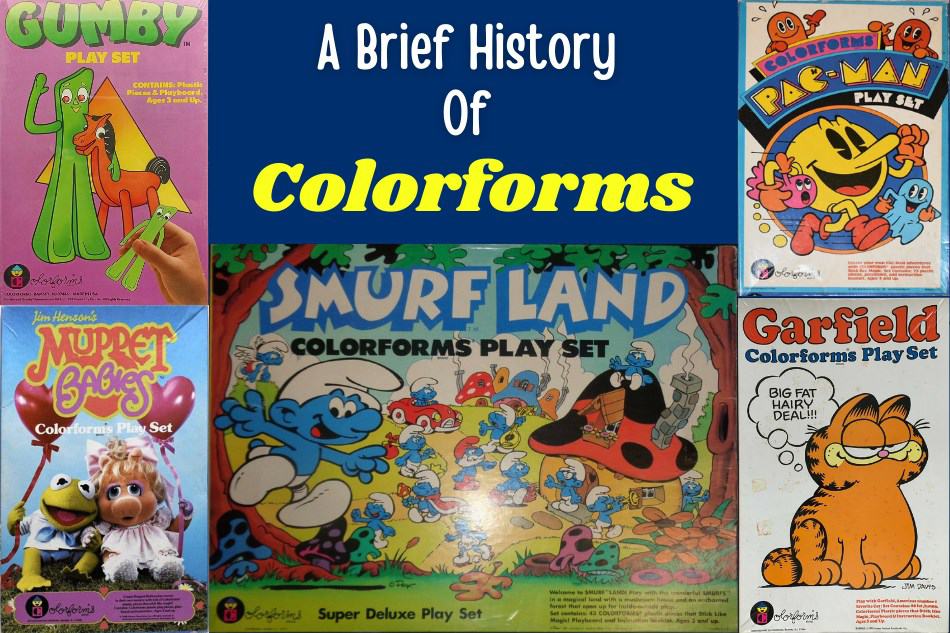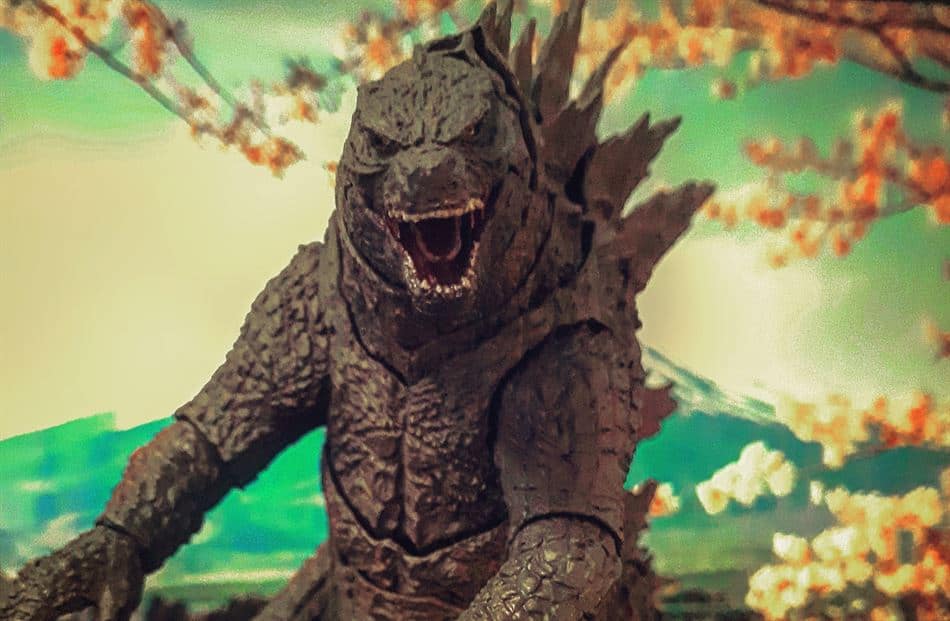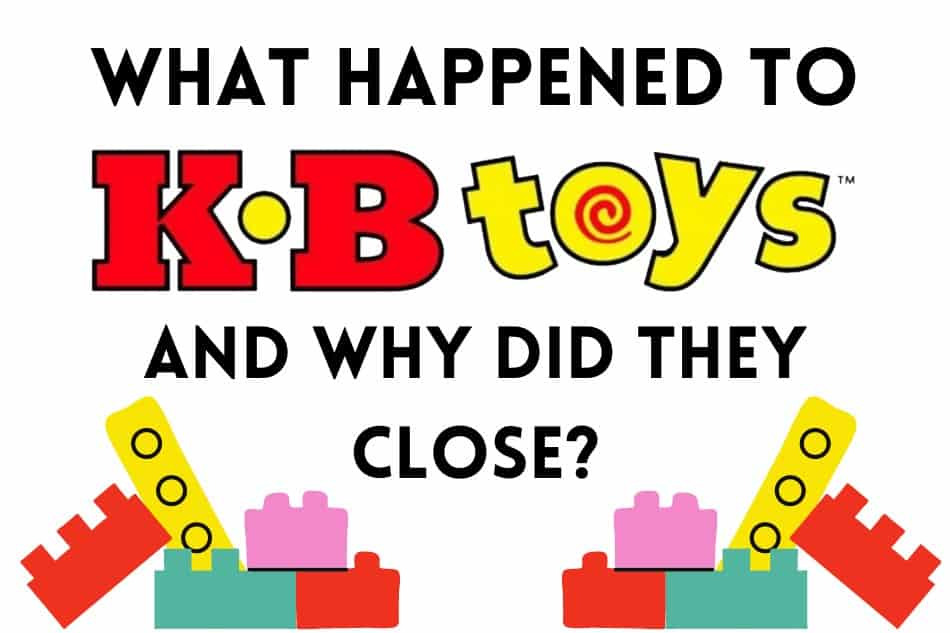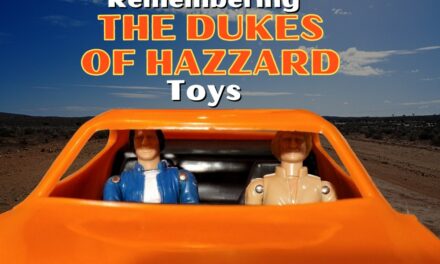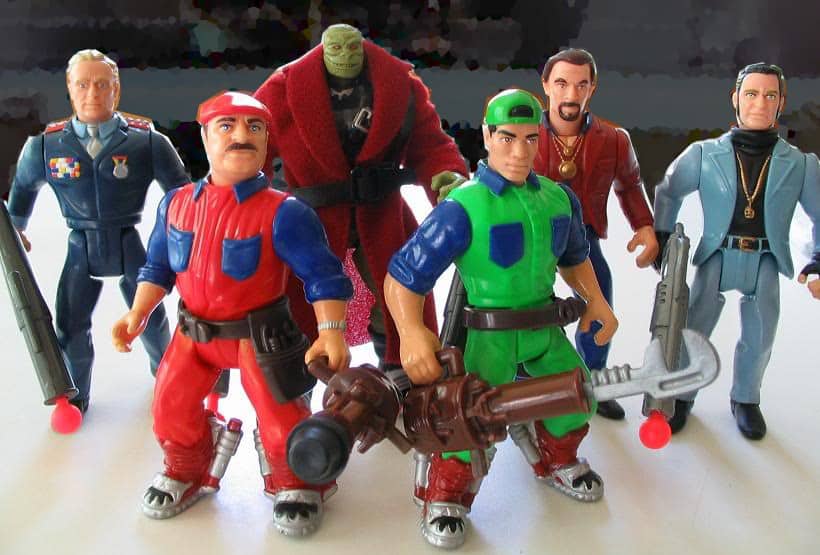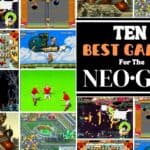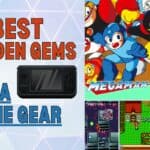There have been many classic toys and games released over the years. Some are fondly collected and remembered decades after their release, while others have simply faded into the mists of history.
One such oldtimer that has gone on to become a favorite amongst vintage collectors is a little release from the 1950s known as Colorforms.
What Are Colorfoms?
Colorforms are a popular toy made from different colored vinyl shapes that kids can mold and stick on a playboard to make pictures and stories.
They are one of the longest-selling toys in history. Since their inception in the 1950s, they have been loved by generation after generation. Let’s take a look at the History of Colorforms!
Who invented Colorforms?
Colorforms were created by Harry and Patricia Kislevitz, who were both art students at the time. They wanted to create something that would allow people to put together colorful pictures of their choosing without having to spend a fortune on paint and supplies.
In 1951, the creative duo purchased a lot of colorful vinyl rolls and began to cut out different geometric shapes which they then stuck to the bathroom wall. They also brought some friends in on the fun, allowing them to use the leftover pieces to create their own shapes to add to the picture.
Judging from the reaction of their friends, Harry and Patricia soon realized that they had found an original and fun product that they could bring to market.
The first Colorforms were created with hand-cut shapes. The Museum of Modern Arts still has this very first set of Colorforms on display!
As mentioned, Colorforms were originally intended for people who wanted to create art. However, they also became a really big hit with children. As such, it wasn’t long before orders began to come in from stores across the country and the item’s popularity skyrocketed.
Designer Paul Rand was hired to create the logo for the brand – previously having done the same for companies such as UPS and IBM.
The First Colorform Collaboration
E.C. Segar’s beloved cartoon character Popeye The Sailor Man, with his ample muscles and trademark can of spinach, became the very first character licensed to have his own Colorforms set.
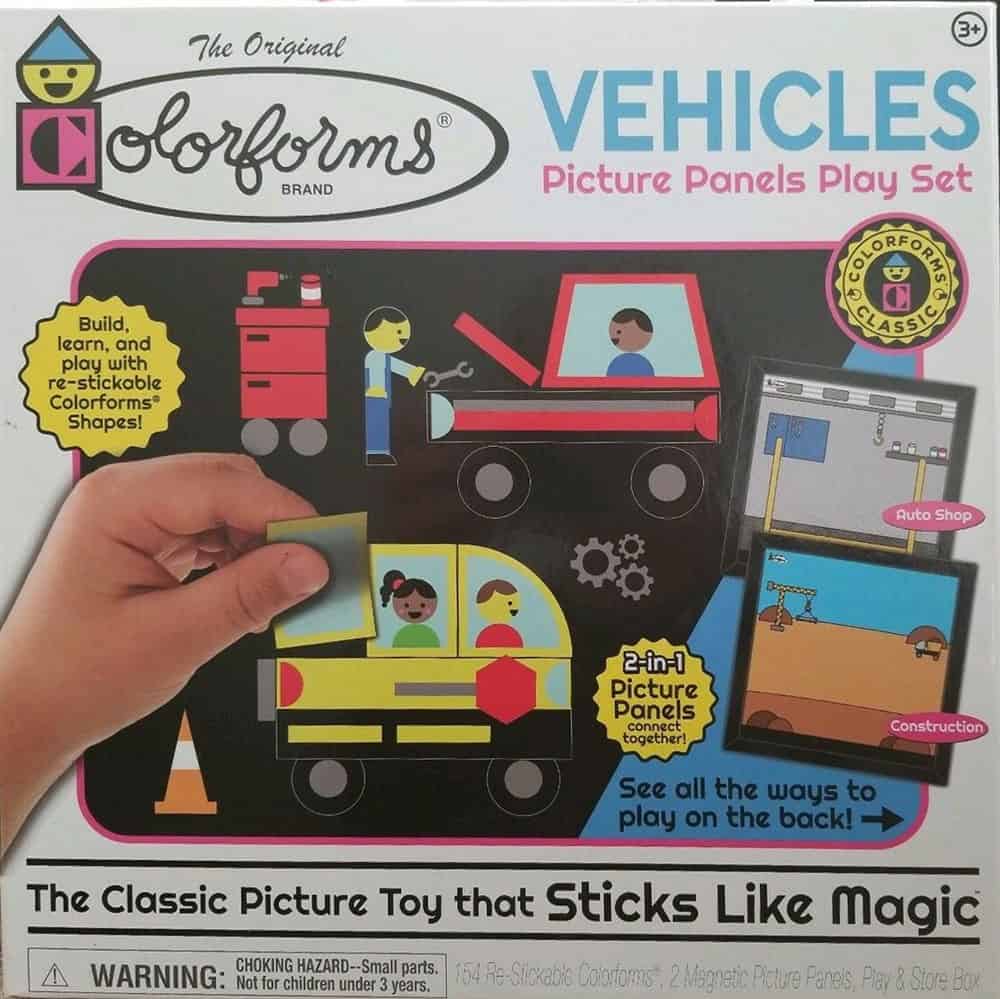
Famed British rock group The Beatles would follow suit in 1964 after their earliest appearance on the Ed Sullivan Show.
Two years later, a live-action television series called Batman featuring Adam West premiered and became an instant hit. A Colorforms set of the Caped Crusader and his beloved Batmobile would be created at the very height of the show’s popularity, with fans eager to bring home anything and everything featuring the DC Comics stars.
As the Swingin’ ‘60s marched on, it seemed that just about every popular show would get their own Colorform sets.
This trend would continue into the 1970s and with the space race just getting started kids who played with Colorforms at this time could create space exploration pictures thanks to new sets featuring stickers and backgrounds with slick science fiction themes – and even the ability to glow in the dark!
More Brand Deals in The ‘70s, ‘80s, and ‘90s
The major appeal of Mattel’s plastic Barbie doll was all the different outfits you could dress her up in. That was perfect for the Colorform clings. More properties like Sesame Street, Scooby-Doo, and the Smurf would get their names on their very own sets during the 1970s.
With the arrival of the 1980s, Colorforms continued to rise in popularity. Soon, customers were offered even more sets to create pictures with. You could get sets based around such popular brands as The Muppet Babies, Pac-Man, Pound Puppies, and Super Mario Bros. There was even a “Dream Dates” set where you could place Miss Piggy and Kermit The Frog painting the town red.

The 1980s would also be a decade that would see the hugely popular Cabbage Patch Kids dolls appear and the Colorforms were not far behind. Many famous movies of the time were also represented in Colorforms sets, allowing consumers to create fun pictures of Gremlins making a mess or even recreate the iconic scene from Steven Spielberg’s E.T. where Elliott rode his bike through the sky.
The success of Colorforms would continue on into the next decade with more franchises.
In the 1990s, famed television character Steve Urkel had his own playset. The Teenage Mutant Ninja Turtles were also extremely popular at this time and eventually made their premiere in Colorforms.
Colorforms could be stuck to a board over and over again so you could use one set to create your own “Where’s Waldo?” picture with the result being a different story every time.
Blue’s Clues also had their own set where you could offer her different foods to eat. The WWF had their own set where you could create moments from WWF. Vanna’s Villa would let you decorate the inside of a home and Mighty Morphin Power Rangers had come out at this time.
The Toy is Still Popular in 2000 and Beyond!
In 2000, there was a lot of technology that people were getting rid of. With everything from cassette players to VCRs ending up in the trash, you might think that this would start to be the end of Colorforms, but that was simply not the case.
Harry Potter, Spongebob Squarepants, Dora The Explorer, and other pop culture characters would appear as Colorforms sets for the first time with the arrival of the new millennium.
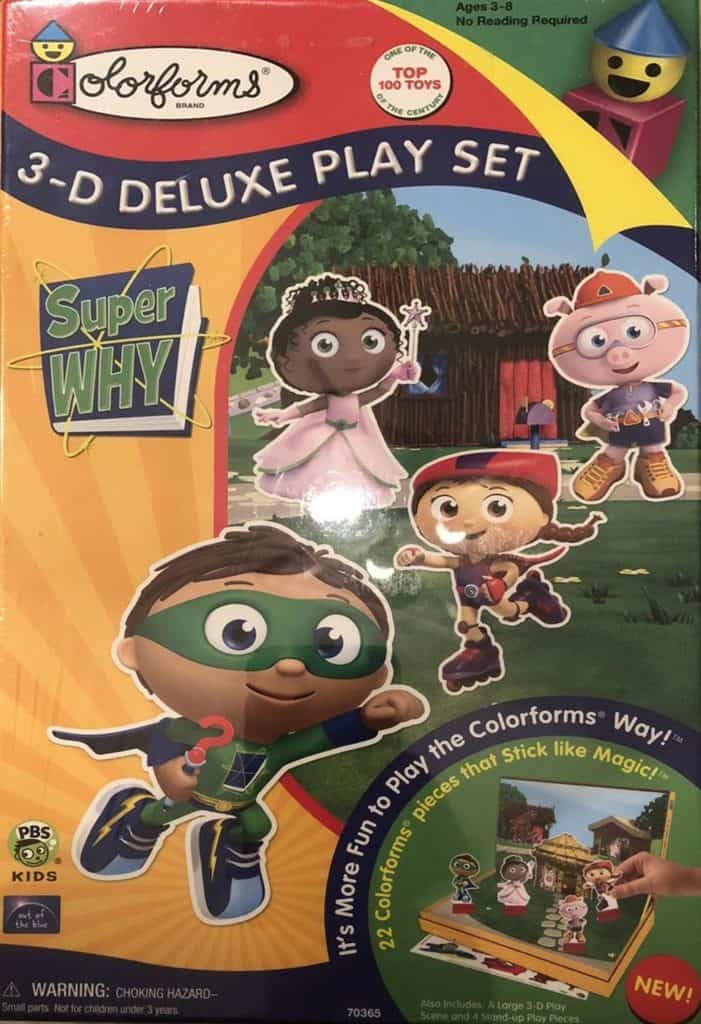
In 2011, Colorforms was named one of the top 100 toys of all time by TIME magazine. Out of the Blue Enterprises, the company which produces Blues Clues and purchased the Colorforms brand.
What are Colorforms made of?
Colorforms are made out of patented vinyl plastic. Thin sheets of the material are die-cut to make unique play shapes. The backgrounds and playboards for Colorforms are made of paperboard.
Do Colorforms still exist?
Yes. Colorforms still exist and are being made and sold to this day. In total more than a billion Colorform playsets have been produced since their creation.
It’s amazing that a toy that was created in the 1950s is still going strong more than seventy years later and they show no signs of slowing down.
